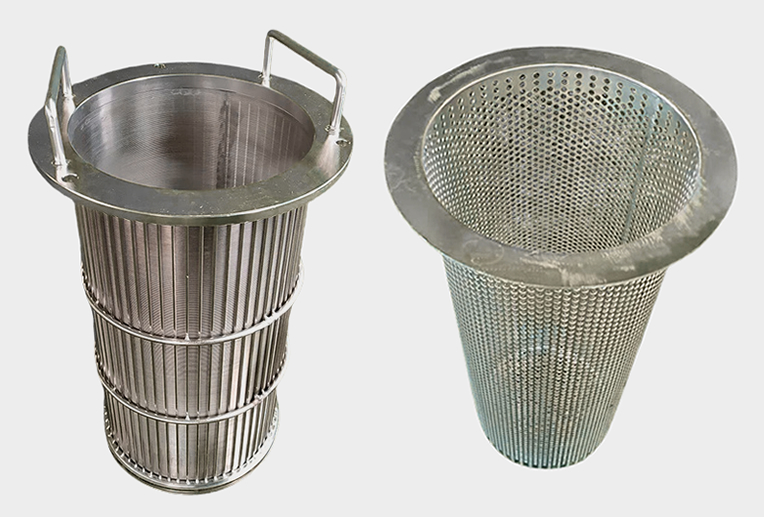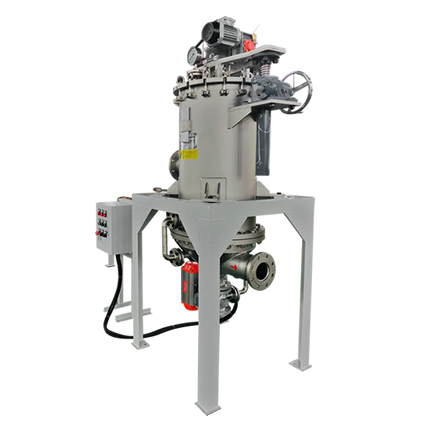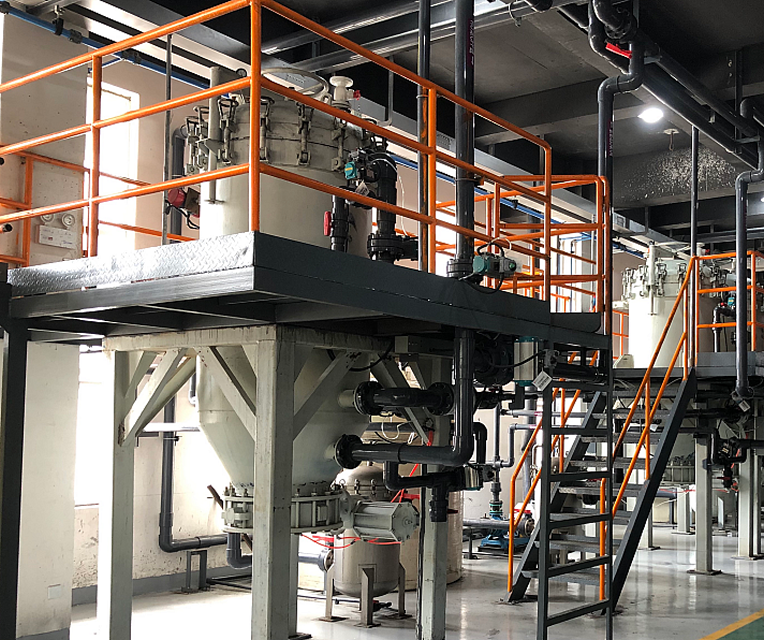What is an Automatic Self-Cleaning Filter Strainer?
An Automatic Self-Cleaning Filter Strainer is an industrial device that actively removes solid particles and debris from a fluid stream without requiring manual intervention or process interruption.
In contrast to traditional basket or Y-strainers, which require operators to perform manual cleaning, these automated units use a rake mechanism and a backwash flow to clean themselves while remaining fully operational.
Consequently, this capability makes them essential for applications where continuous flow is critical, maintenance downtime is costly, and the fluid contains significant debris. Although popularly called a “filter,” the device is technically a strainer, typically featuring an internal basket or sieve constructed from a perforated plate or wedge wire.

Initiating the Cleaning Cycle
As the strainer operates, captured solids begin to accumulate on the screen, which in turn causes the pressure differential between the inlet and outlet to rise. Once this pressure drop reaches a predetermined setpoint, typically 10 or 15 psig, the control system automatically initiates the self-cleaning cycle. This cleaning process, which involves a rake or brush and a backwash flow, does not interrupt the primary fluid stream, thereby ensuring the filter provides continuous flow.
Backwash Source Options
The backwash fluid source is key to cleaning effectiveness. The system can use its own inlet flow. Alternatively, it can use a separate external source.
Backwash with an External Source: Some demanding applications require more intensive cleaning. This is especially true for sticky or stubborn solids. For these scenarios, an external source offers superior power. This provides a more reliable and thorough cleaning action. Consequently, it ensures peak performance under tough conditions.
Backwash with Inlet Flow: In its standard configuration, the filter uses its own fluid. This clever design eliminates the need for an external source. The system works by leveraging a difference in pressure. This pressure differential creates a powerful suction force. The suction then effectively pulls all debris from the screen. For this to work, a minimum pressure of 15 psig is necessary. However, higher pressures will significantly improve cleaning effectiveness.


